By Danny Chan
Recent market research estimates that the Australian clear aligner market will reach nearly three quarters of a billion dollars (AUD $739M) by 2028. This translates to a compound annual growth rate (CAGR) of 28.7% from 2021 to 2028.
The growth projection sits well with recent reporting from Orthodontics Australia that finds more than half (55%) of the population is self-conscious about their teeth, and 62% are willing to fix their misaligned teeth.
However, this double-digit swell will simply crash over the heads of most general dentists in the country, according to the founders of Clear Aligner Excellence (CAE).
Doctors Geoff Hall and Jesse Green believe that aligners are currently being under-utilised by general dentists to treat patients and their associated malocclusion.
The reasons for the underutilisation, as they see it, include:
1.Lack of clinical confidence to offer treatment to the types of malocclusions presenting in their practice every day.
2.Lack of business and practice management processes to effectively integrate aligner therapy into their practice.
3.The impact of aligner lab fees on profit margins.
You say you want a revolution...
Using a monthly subscription and membership model, CAE was set up to help members overcome these barriers through:
1.Providing online clinical and practice development training and education.
2.Driving patient traffic through internal and external marketing campaigns.
3.Access to an exclusive buying network.
Regarded as one of Australia’s pioneers in modern-day orthodontics and education, Dr Geoff Hall is a specialist orthodontist that also runs MP Orthodontics in Cheltenham, Melbourne, as co-owner and principal Orthodontist.
“Most aligner companies charge Australian dentists about double than what they charge dentists in America. We have been royally screwed over from the aligner lab fees,” Dr Hall says.
“Our goal is to level the playing field for CAE member dentists and in turn reducing cost as a barrier to patients accepting treatment,” Dr Hall says.
“What we’ve done is develop commercial relationships with major aligner companies to negotiate preferred pricing for CAE members,” he shares.
“The buying network will offer heavy discounts and preferential rates covering lab fees for all major aligner systems including Invisalign®, SmileStyler®, ClearCorrect®, SureSmile®, and AngelAlign®. The resulting savings in aligner lab fees can be as much as AUD $900 per case, and additional reputable aligner brands are on the way.”
“Based on what we now offer, the treatment is more commercially viable. We are going to revolutionise the way aligner therapy is done in Australia.”
The negotiated savings, they add, will also cover non-aligner and complementary services.
Strength in unity
The overriding goal of CAE is to drive the uptake of aligner therapy – or as Dr Hall puts it, increase the ‘aligner pie’ by expanding clinical applicability and increasing case conversion rates.
He believes this can be achieved through CAE’s Aligner Accelerator Program (AAP). The AAP delivers eight training sessions on clinical orthodontics with a particular focus on aligners and another eight training sessions on integrating clear aligners into the practice.
In addition, CAE will provide ongoing monthly training and education to members to further drive clinical confidence and practice integration.
In applying the aphorism that ‘a rising tide lifts all boats,’ the purpose of CAE is not simply to get more general dentists onto the aligner bandwagon, but to equip them with the clinical, business and commercial skills, in a bid to raise the overall quality of the aligner market.
The ‘E’ in CAE
Author, speaker and entrepreneur, Dr Jesse Green is the dental business coach behind Savvy Dentist, which is a dental training and consultation outfit that helps dentists develop financial intelligence, create high performance teams, and master the art of patient flow.
According to Dr Green, the word ‘Excellence’ should be viewed from different angles, with clinical training and education being only one aspect of it.
“Dr Hall will train the dentists to become clinically confident CAE-accredited doctors, giving them the ability to perform aligner treatments to the highest standards of excellence,” he says.
“However, in my experience,” Dr Green shares, “successful integration of clear aligners for dental practices is challenging because of the perceived “elective” nature of aligners, and the lack of systems designed to effectively present and close those cases.”
“Therefore, the training that I provide will help them become excellent from a practice management point of view – to become more profitable, scalable and valuable.”
Through the CAE, member dentists will learn how to optimise their internal patient databases to generate leads and convert patients. This includes additional training for front desk staff and treatment coordinators. CAE also runs a direct-to-public marketing platform that will help drive patient traffic to all members and their practices.
Leveraged income
Dr Hall believes clear aligner therapy to be the only area in dentistry where you can delegate the time-consuming aspects of the work to a hygienist or oral health therapist.
“This is the most leveraged form of income a dentist will ever make,” Dr Green adds.
“We will show them how to diagnose a clear aligner case, but ultimately have the treatment delivered by others.”
“Compared to scaling and cleaning that earns $200 an hour,” he continues, “when it comes to aligners, your hygienist can make over $1,000 an hour for you. And it’s totally scalable.”
Catching the wave
Says Dr Green: “My experience in working with dental practices across Australia has shown that most dentists are starting about one new clear aligner case per month. However, we have seen success in full integration of aligner therapy in the practice resulting in starting a new clear aligner case each week, on average.”
“Going from one case a month to one case a week can add as much as AUD $270K in annual revenue to the practice.”
With the Australian dental aligner marketplace projected to grow by double digits, both Dr Hall and Dr Green say CAE membership is a no-brainer for a vast majority of general dentists in the country.
Based on their calculations, it takes the dentist roughly 1.2 aligner cases a month to cover the costs of CAE monthly membership.
CAE also has special enterprise pricing for those dentists who are already doing over 50 cases a year, so they too can benefit from all the ongoing education and great ancillary value which is exclusively offered to CAE members.
“A veritable tsunami wave for clear aligners is coming,” Dr Green emphasises, “and CAE network providers will be uniquely positioned to ride that wave faster and further than their peers.”
If you require more information about Clear Aligner Excellence call 1 300 002 239 or visit https://clearex.com.au/


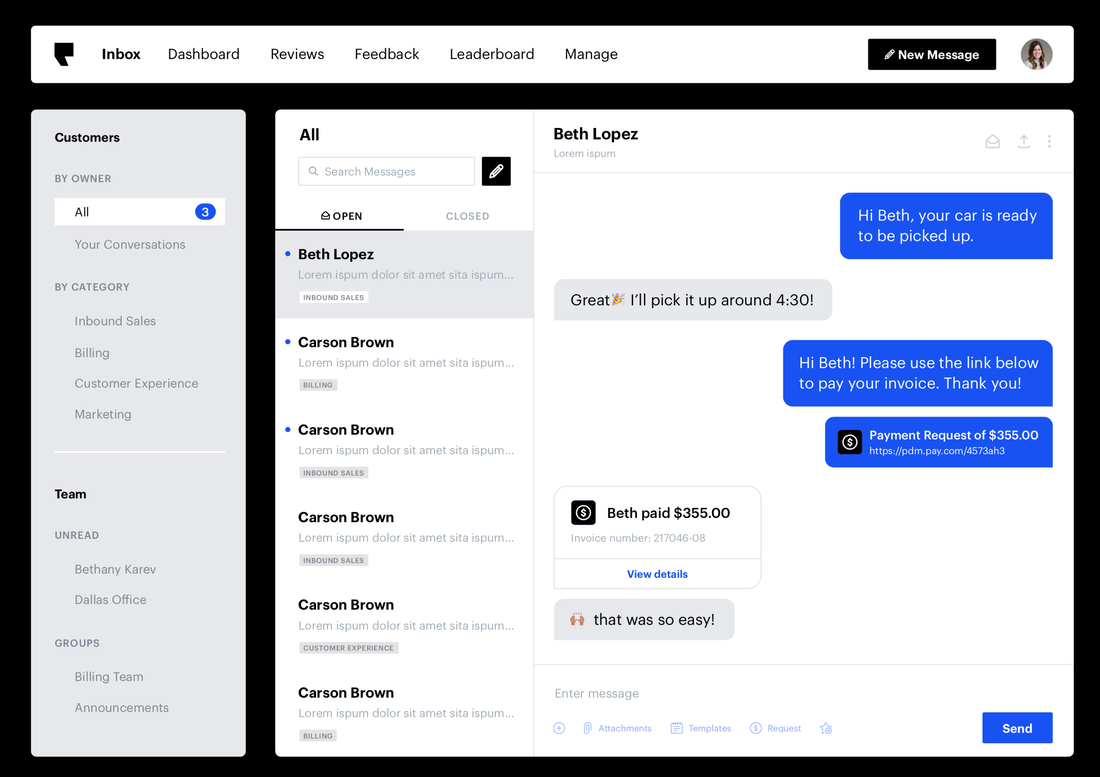
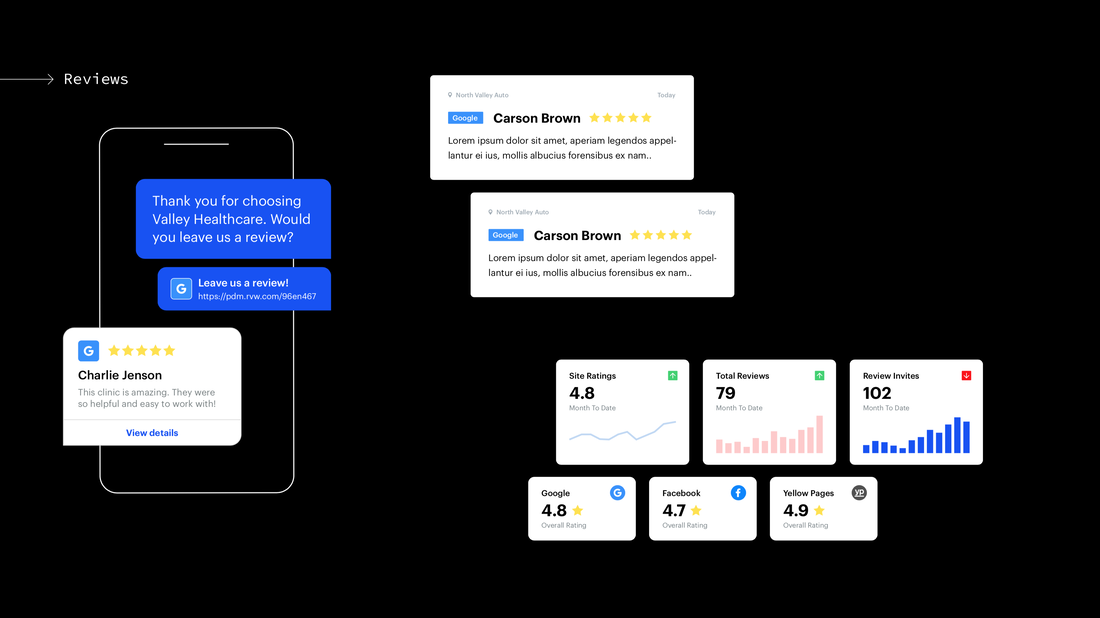

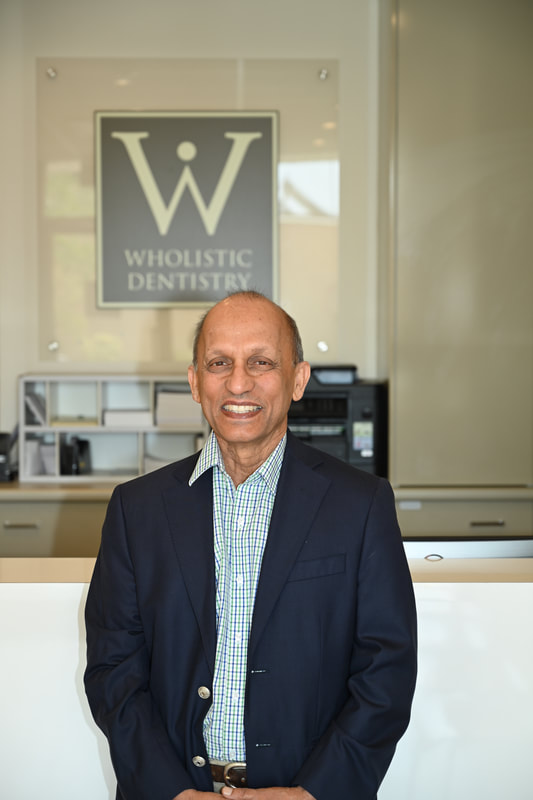
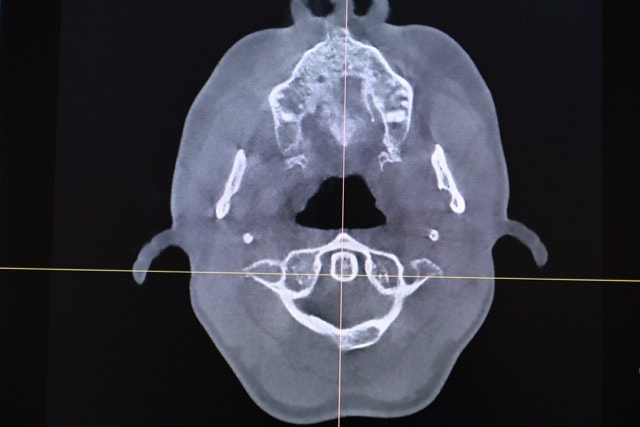
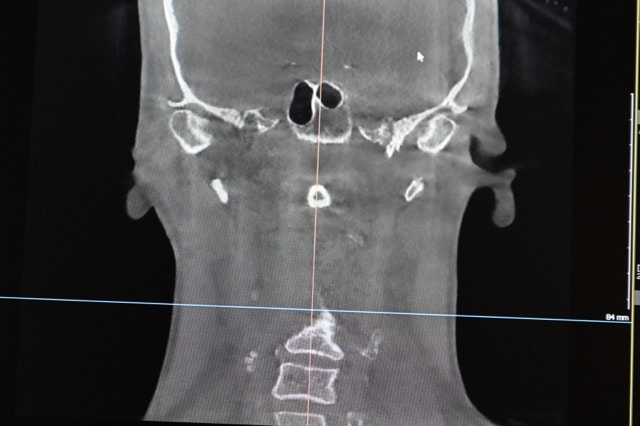
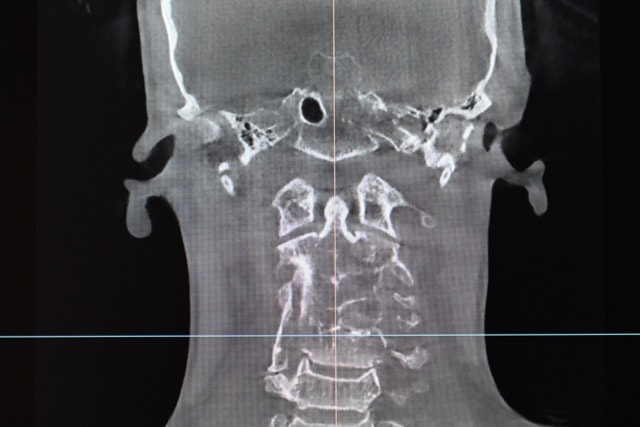
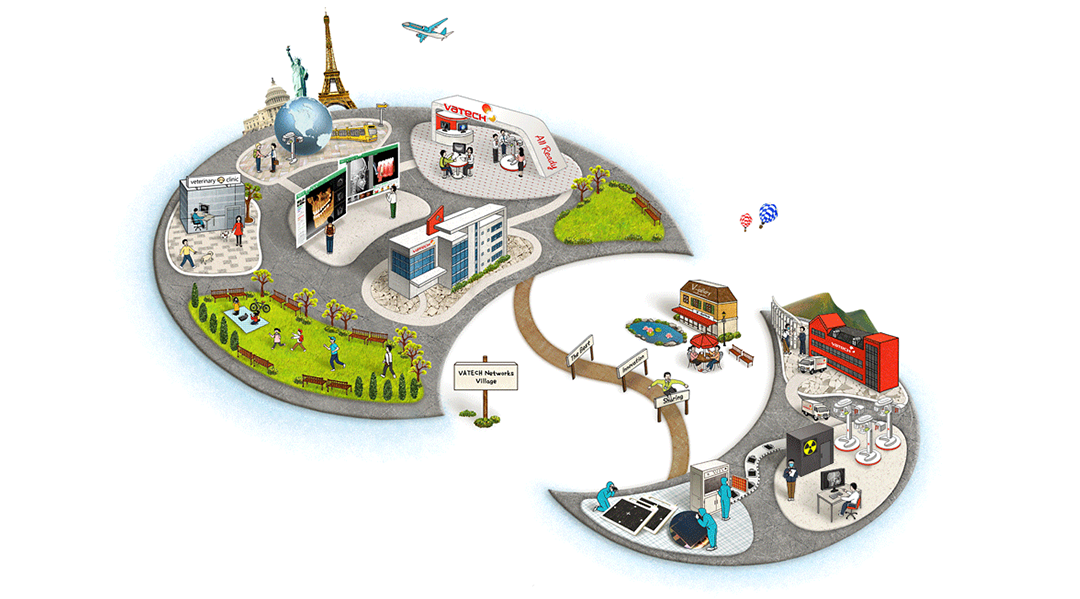

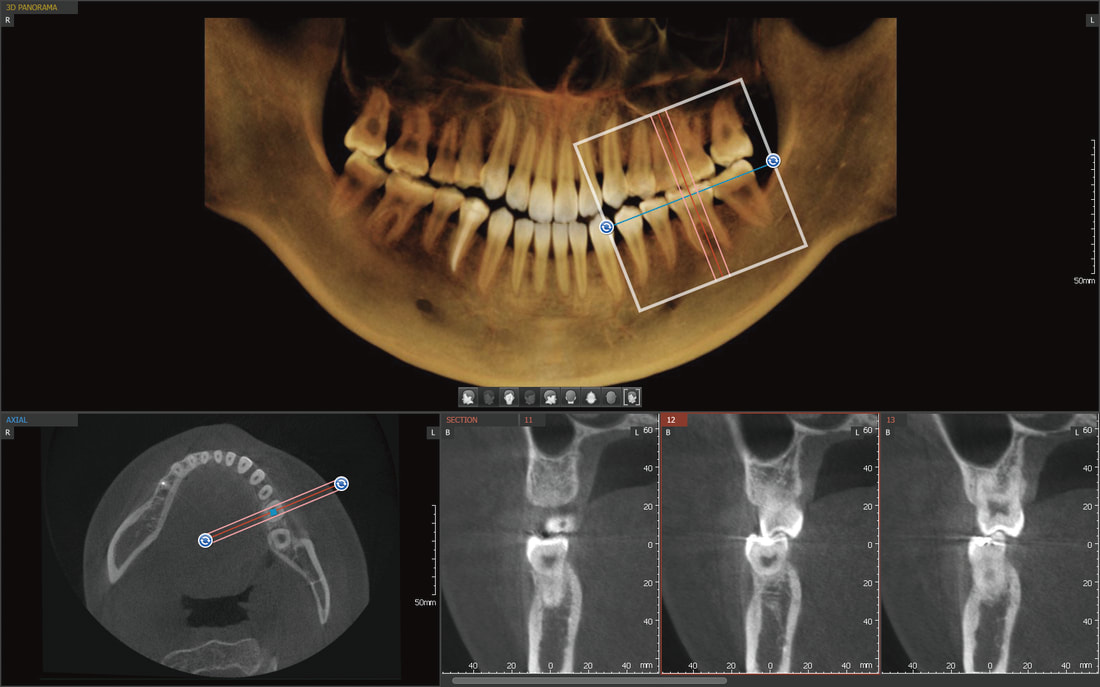

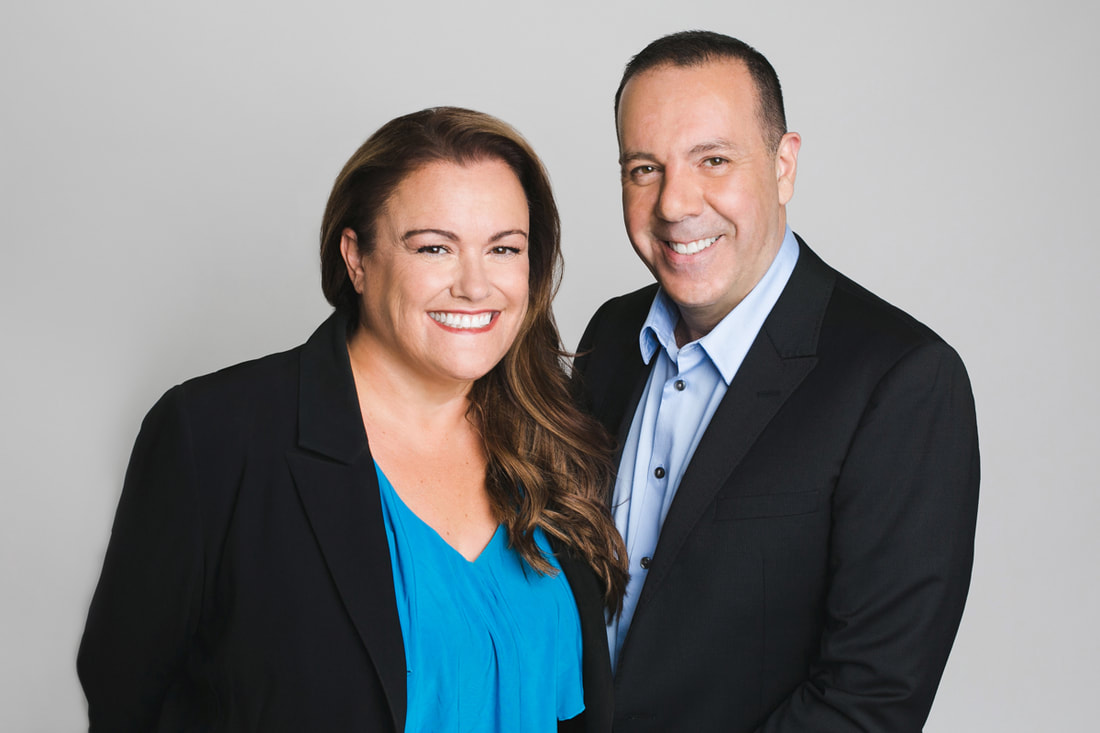
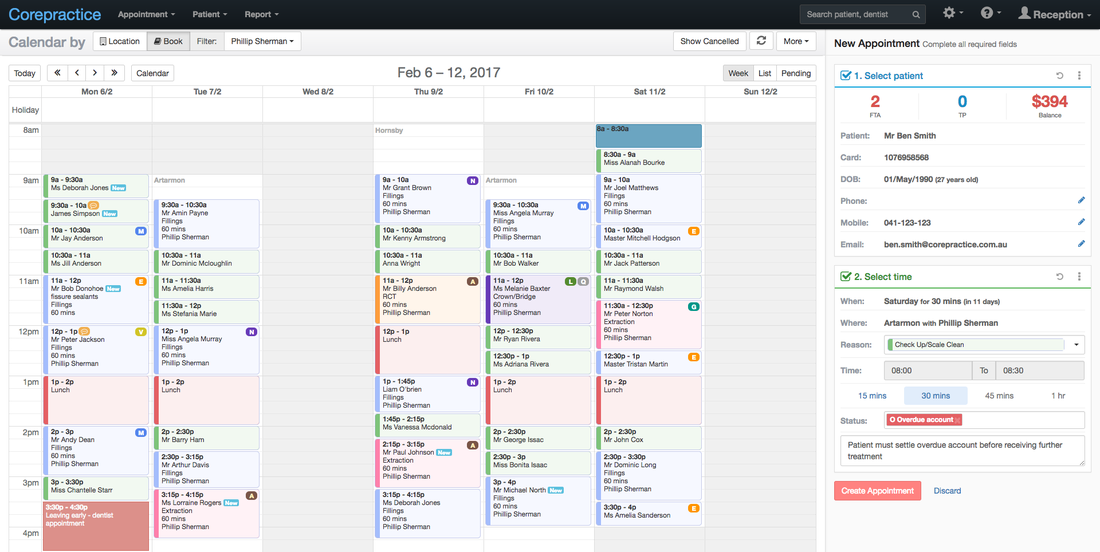
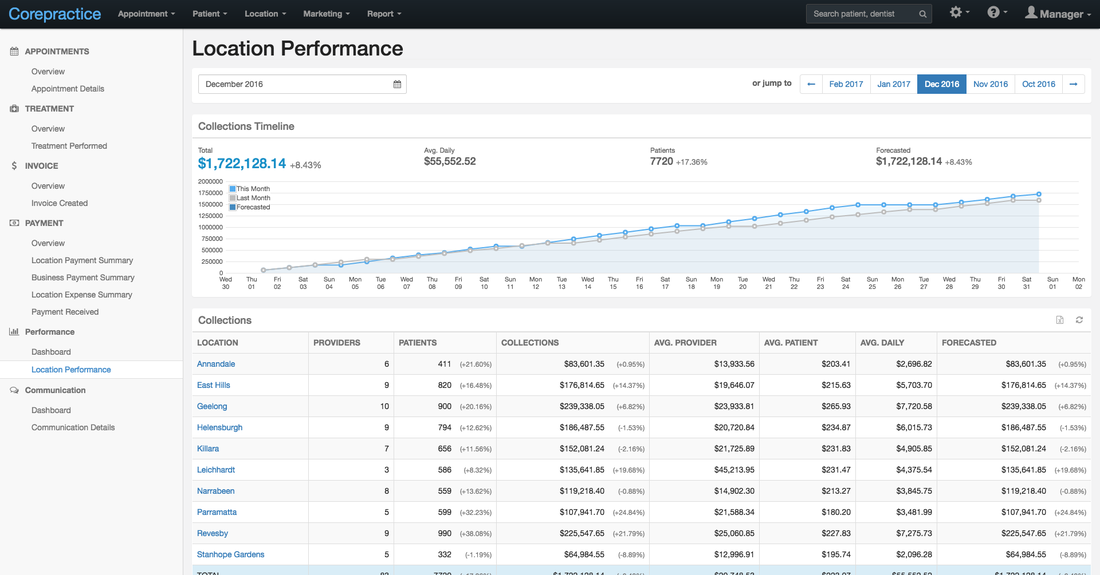
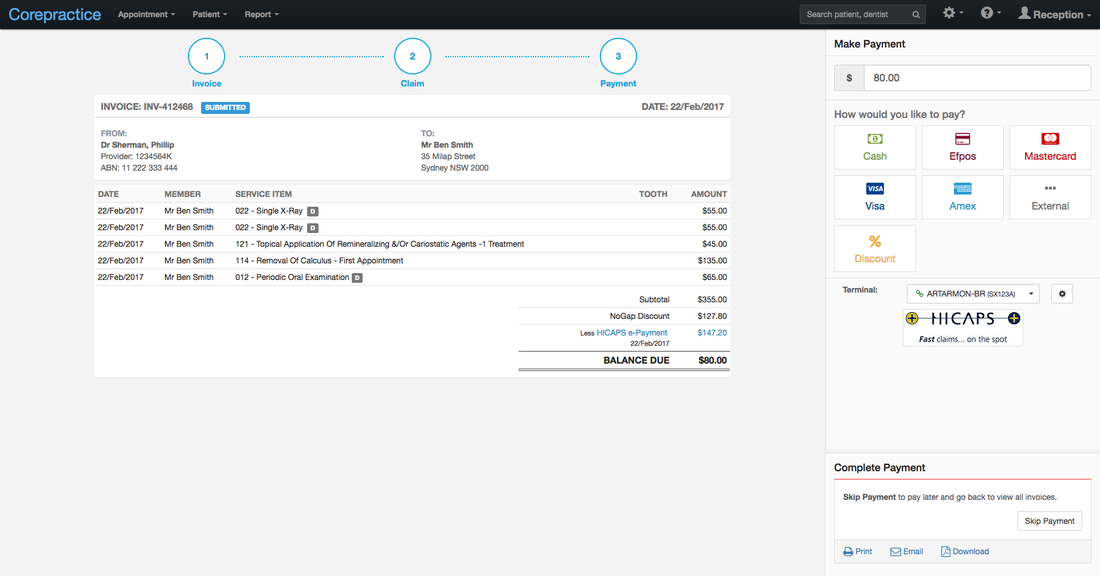
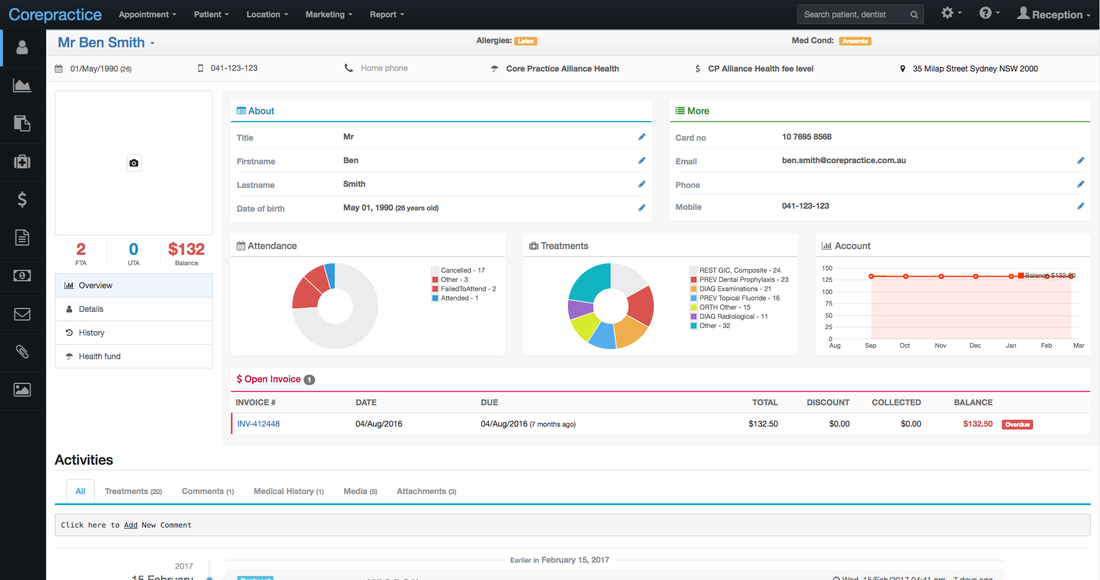
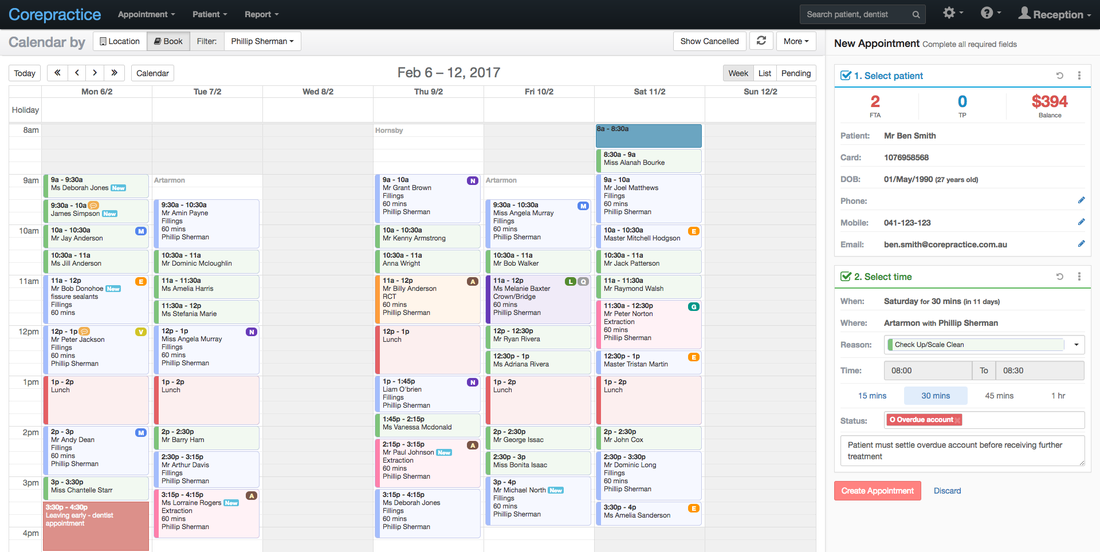
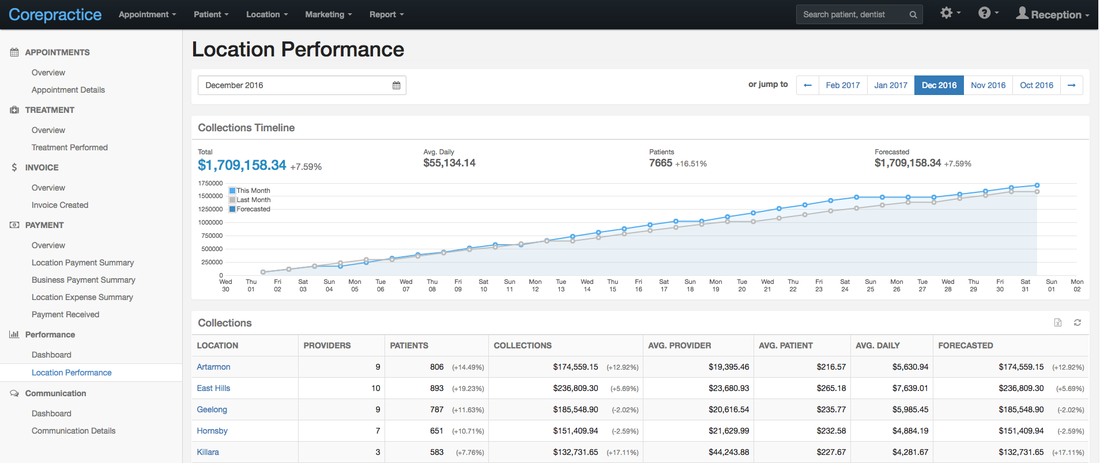
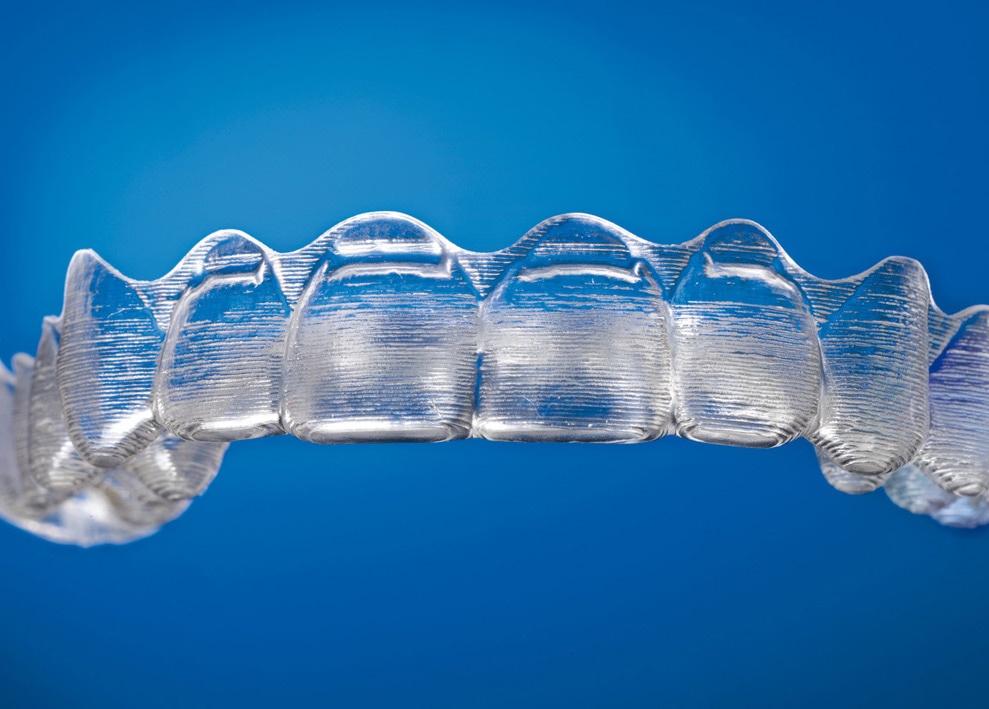
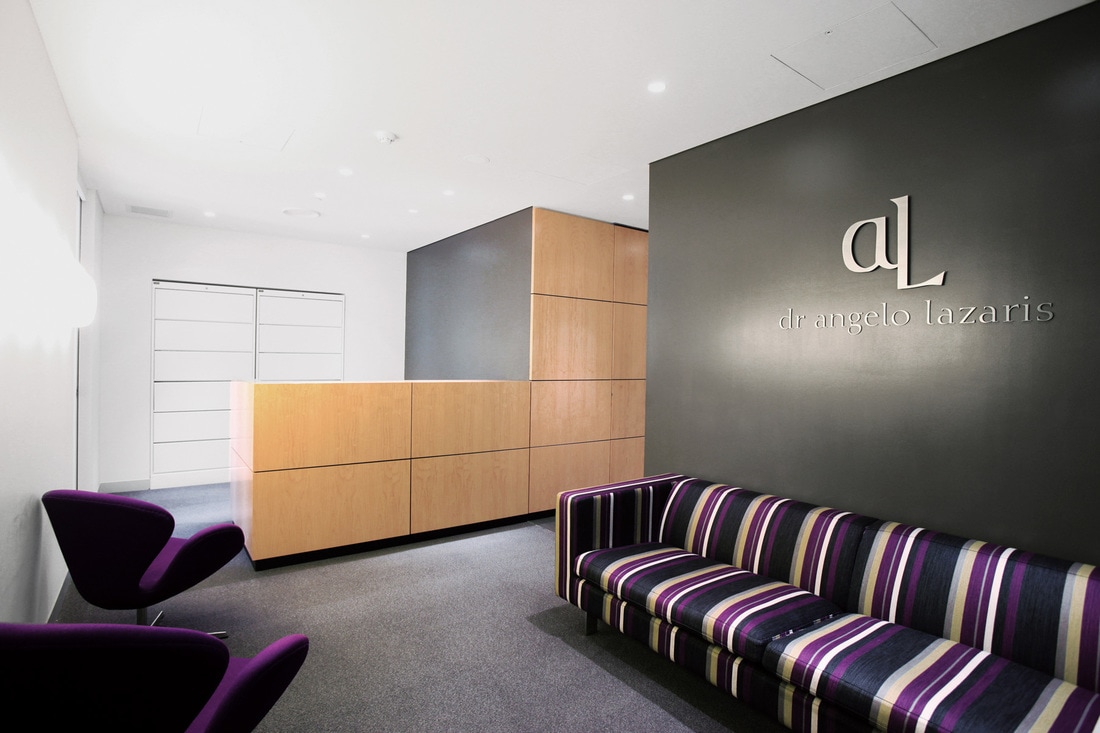
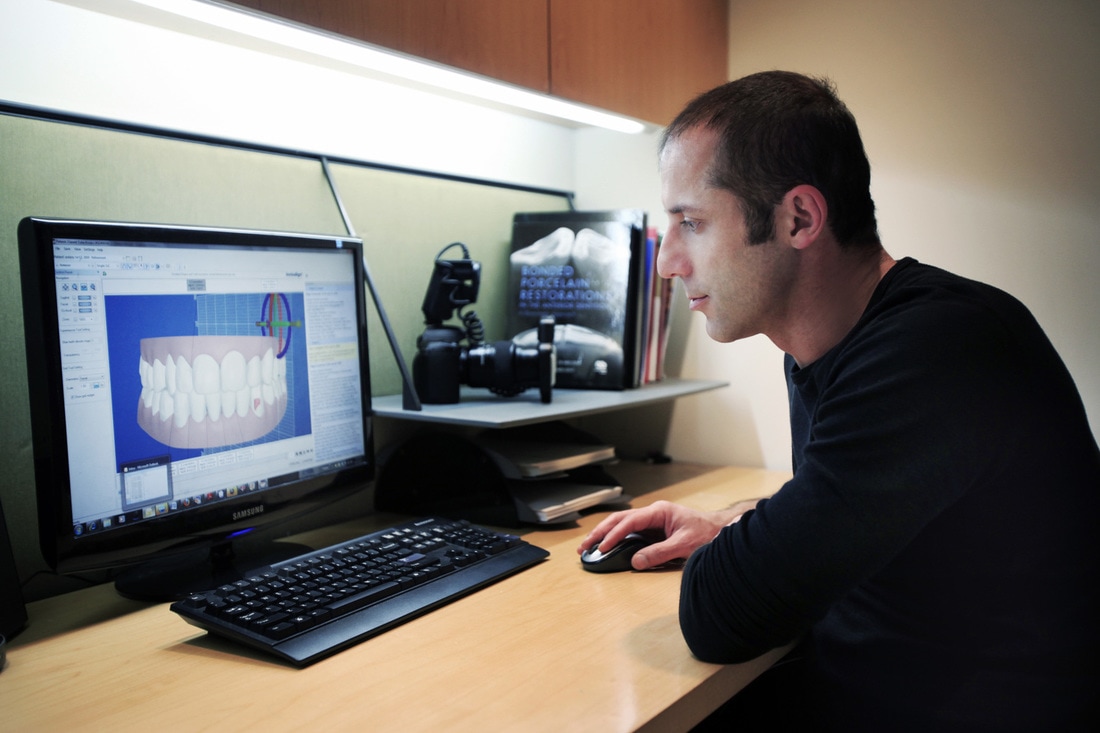
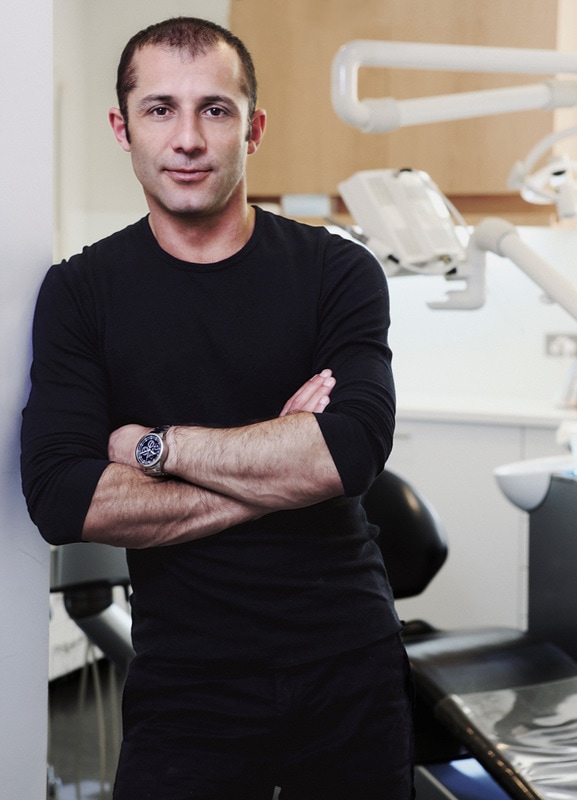
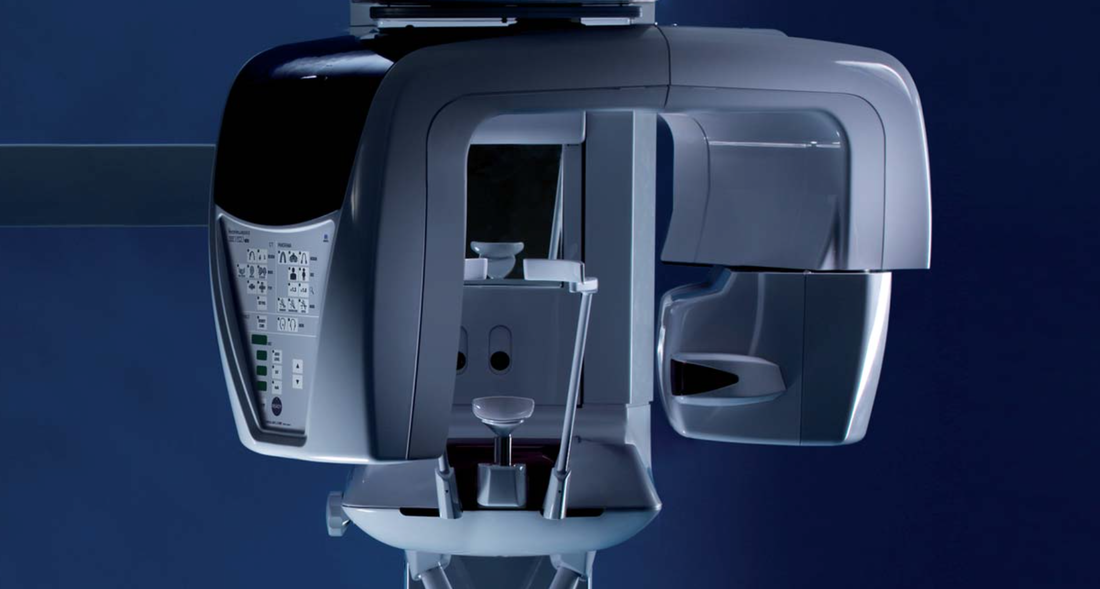
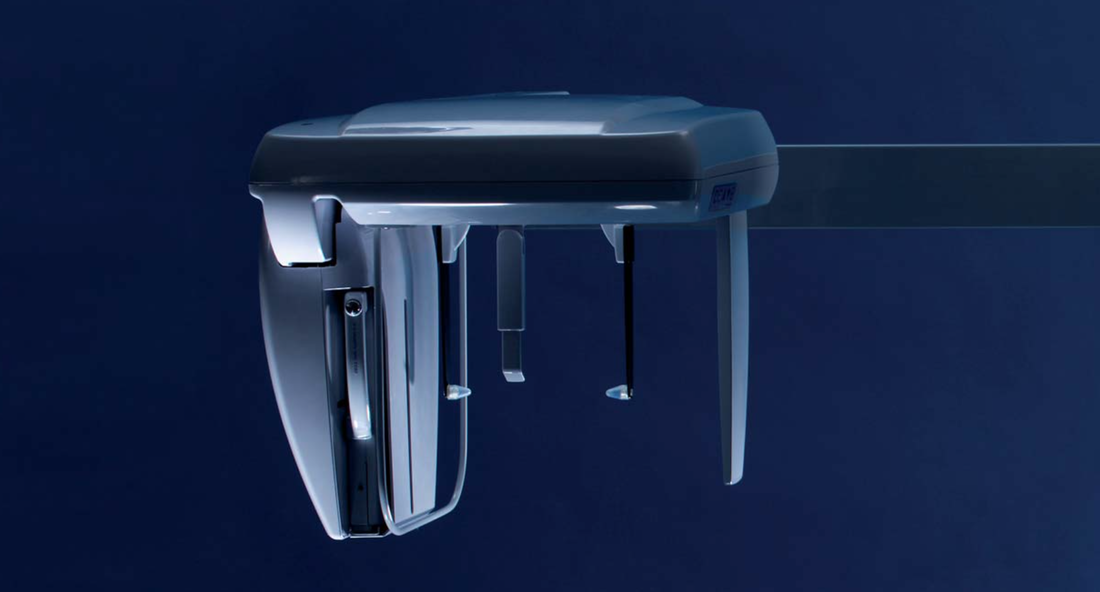
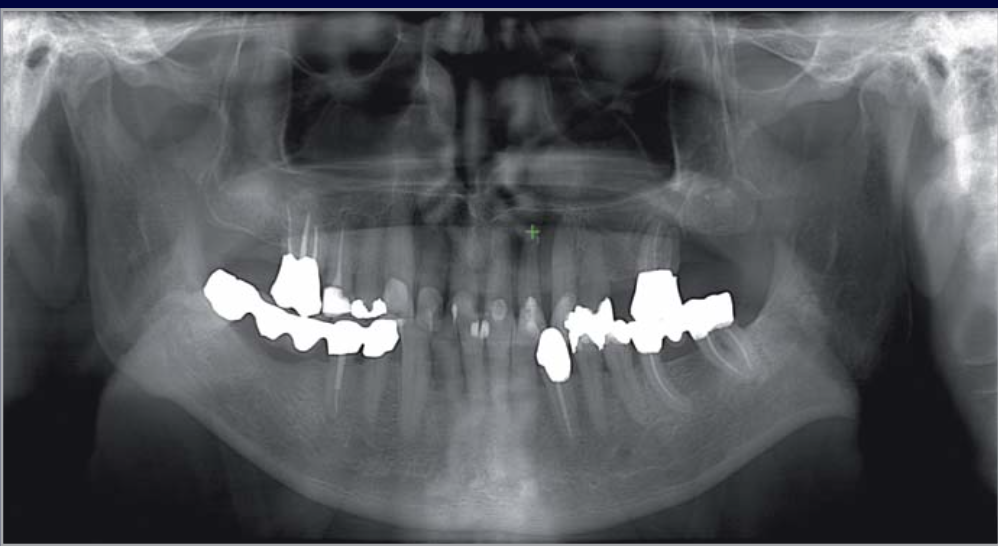
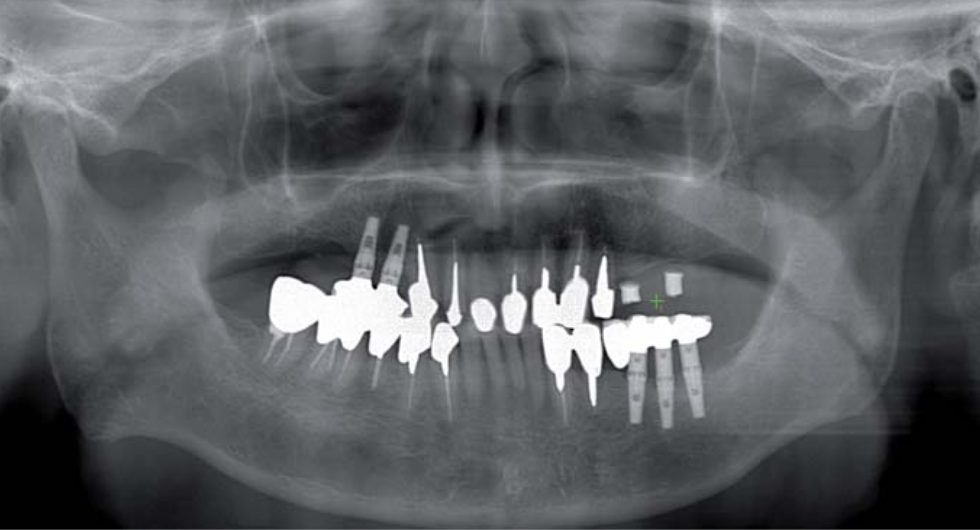

 RSS Feed
RSS Feed
